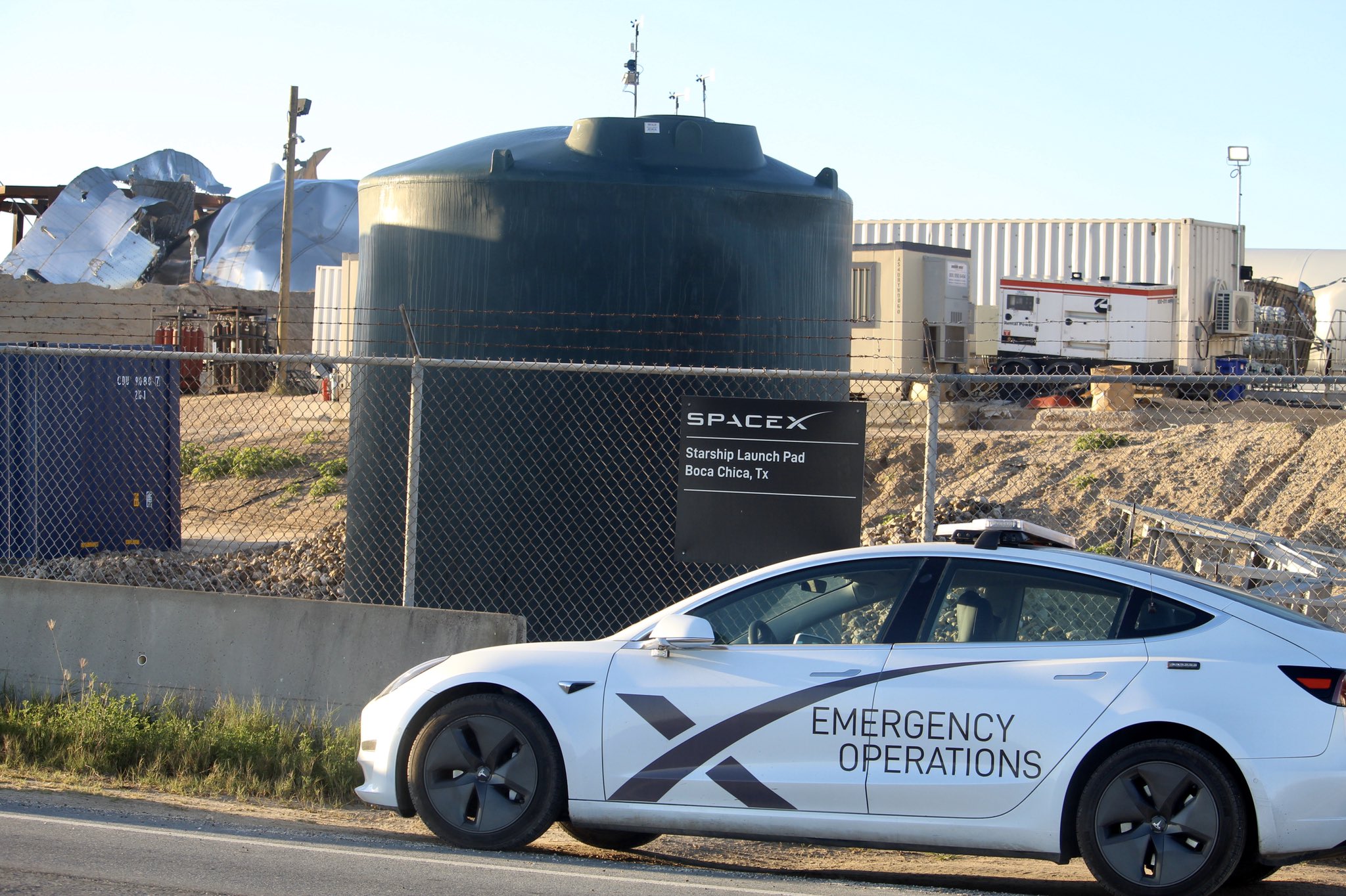e-FTW
New electron smell
News form SN1: Elon Musk on Twitter
And SN2: Elon Musk on Twitter
And from Ars, the orbital version with 6 raptors will be somewhere in SN3 to 5.
And SN2: Elon Musk on Twitter
And from Ars, the orbital version with 6 raptors will be somewhere in SN3 to 5.
Source: SpaceX pushing iterative design process, accepting failure to go fastArs said:The SN1 vehicle will not attempt the orbital flight, however, as that will come from future iterations. Musk said his best guess for the orbital flight test vehicle will be SN3, SN4, or even SN5. "This is very rapid iteration," he said.



